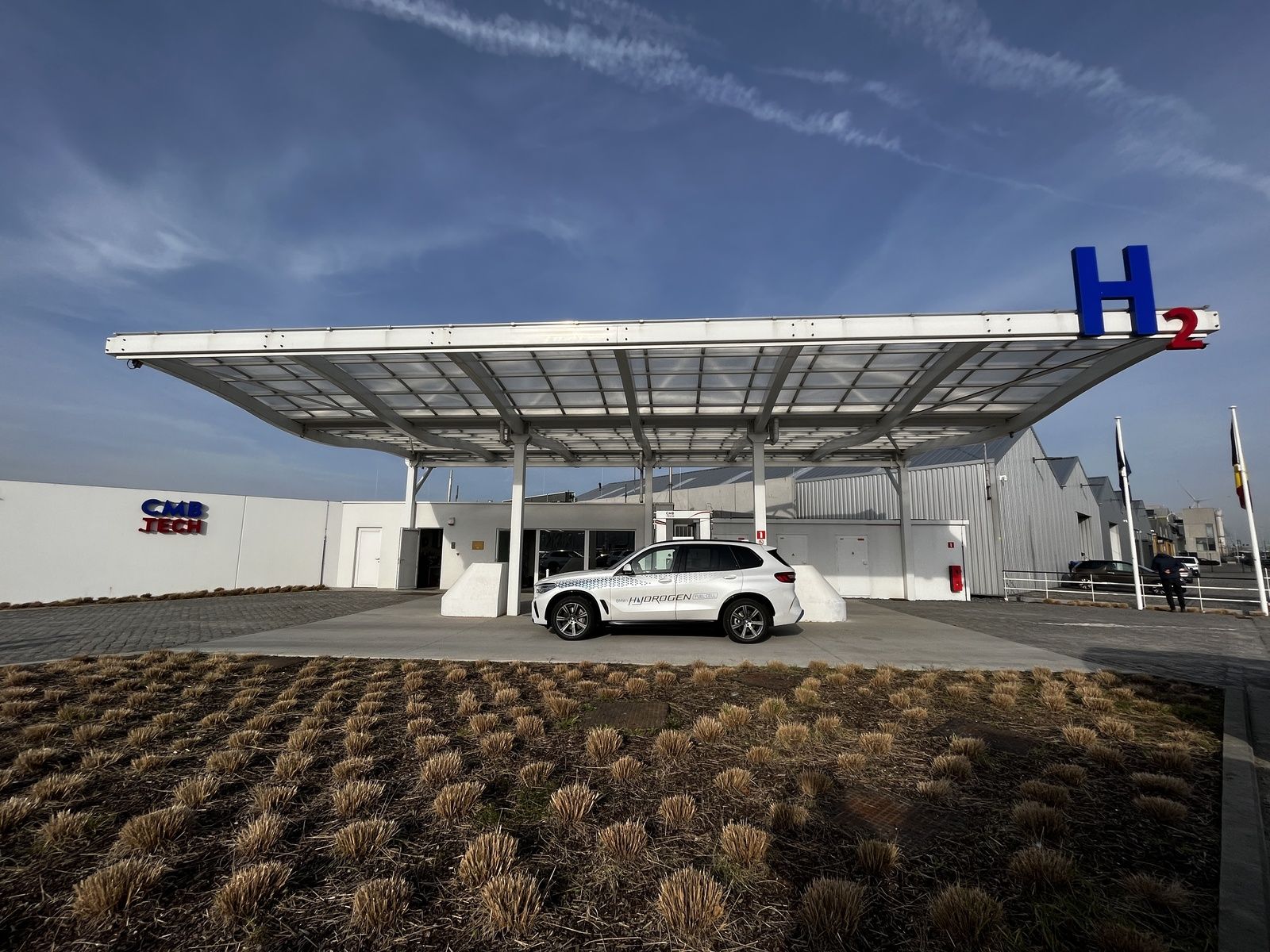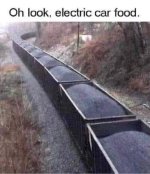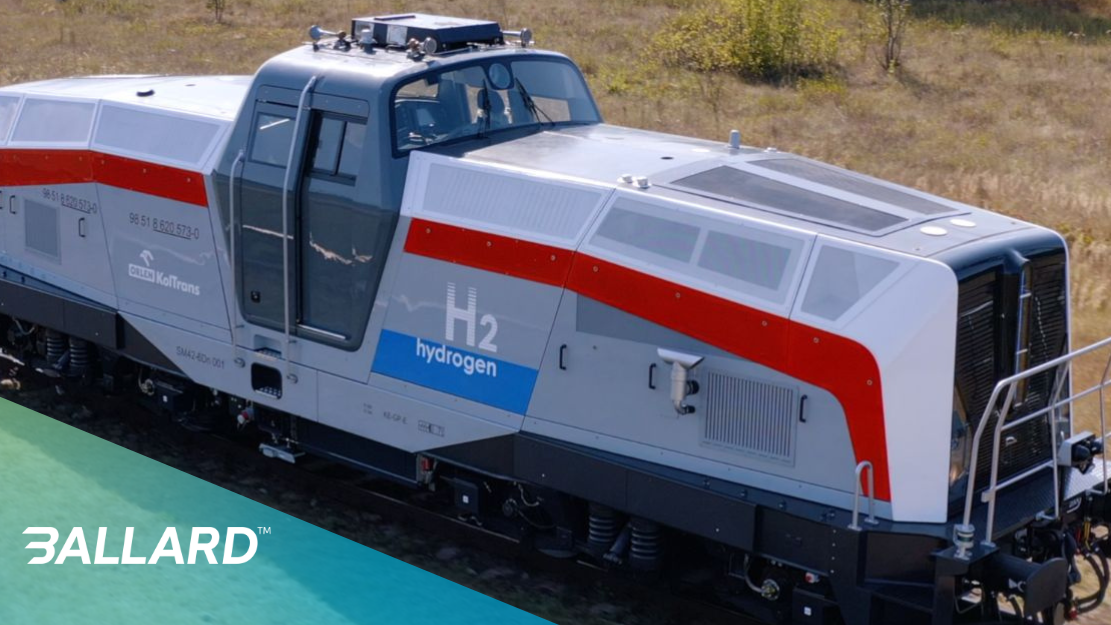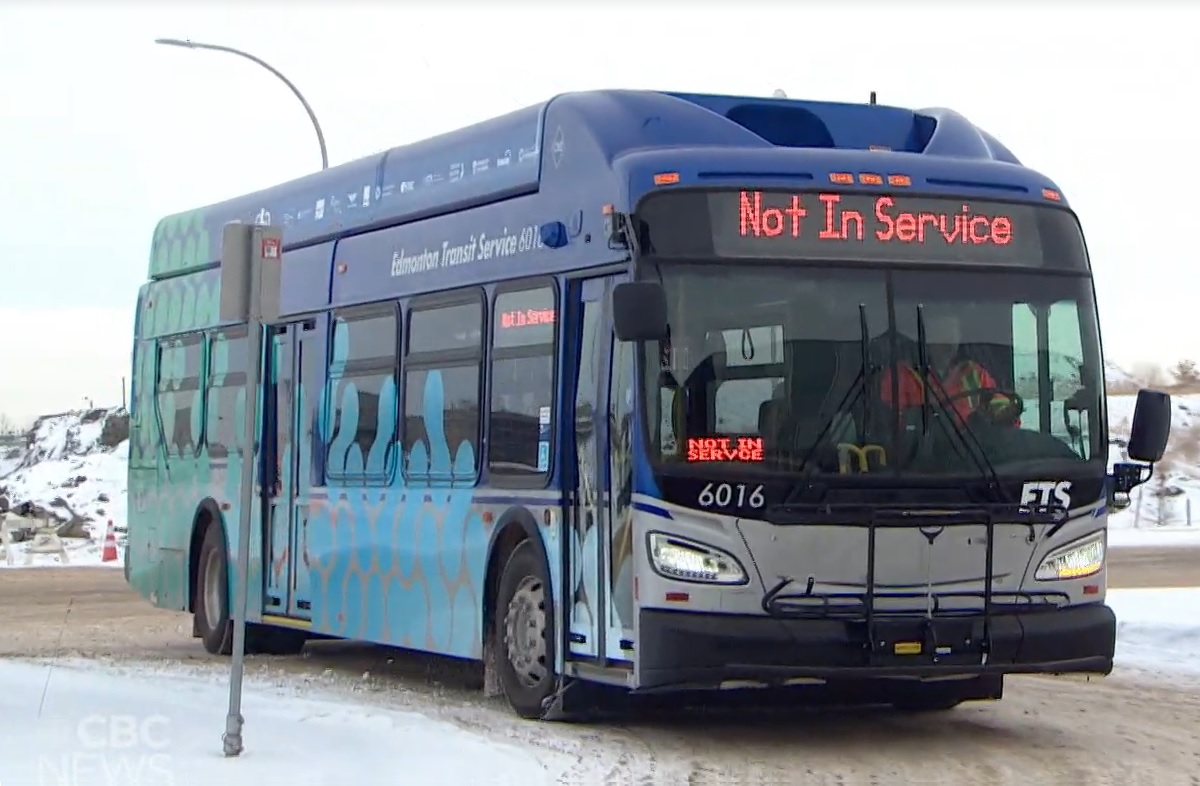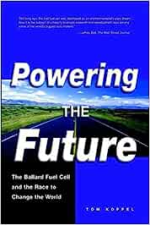Meanwhile, at General Motors....
GM to invest more than $1 billion to produce new heavy-duty pickups
KEY POINTS
- General Motors plans to invest more than $1 billion in two Michigan plants for production of next-generation heavy-duty trucks, the company said Monday.
- Despite GM’s commitment to exclusively offer all-electric vehicles by 2035, the company continues to invest in traditional vehicles such as the Chevrolet Silverado and GMC Sierra heavy-duty pickups.
- The notably profitable trucks are in high demand.
DETROIT –
General Motors plans to invest more than $1 billion in two Michigan plants for production of next-generation heavy-duty trucks, the company said Monday.
The investment includes $788 million to prepare its Flint Assembly plant to build the heavy-duty gas and diesel trucks. Another $233 million will be invested in the automaker’s Flint Metal Center to support production of the vehicles. Both plants are located in mid-Michigan.
Despite GM’s commitment to exclusively offer
all-electric vehicles by 2035, the company continues to invest in traditional vehicles such as the Chevrolet Silverado and GMC Sierra heavy-duty pickups.
The notably profitable trucks are in high demand, and sales are needed to assist in funding the automaker’s
investments in EVs.
A GM spokesman said construction related to the investments is scheduled to begin during the fourth quarter. He declined to disclose details and timing of the next-generation pickups.
In 2022, GM reported sales of its heavy-duty pickups increased 38% compared to the prior year, amounting to nearly 288,000 trucks sold.
The investment announcement comes ahead of contract negotiations between the Detroit automakers, including GM, and the United Auto Workers union this summer.
Despite GM's commitment to exclusively offer all-electric vehicles by 2035, the company continues to invest in traditional vehicles such as heavy-duty pickups.

www.cnbc.com
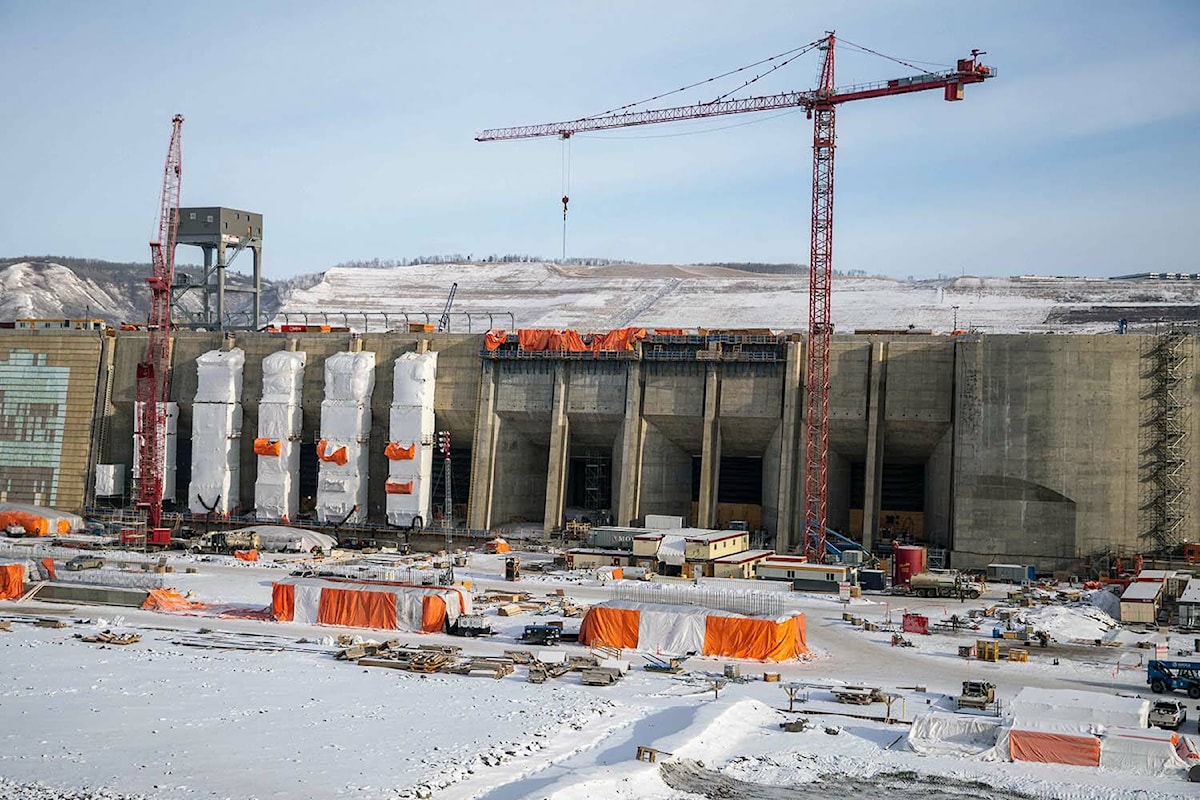
www.vicnews.com


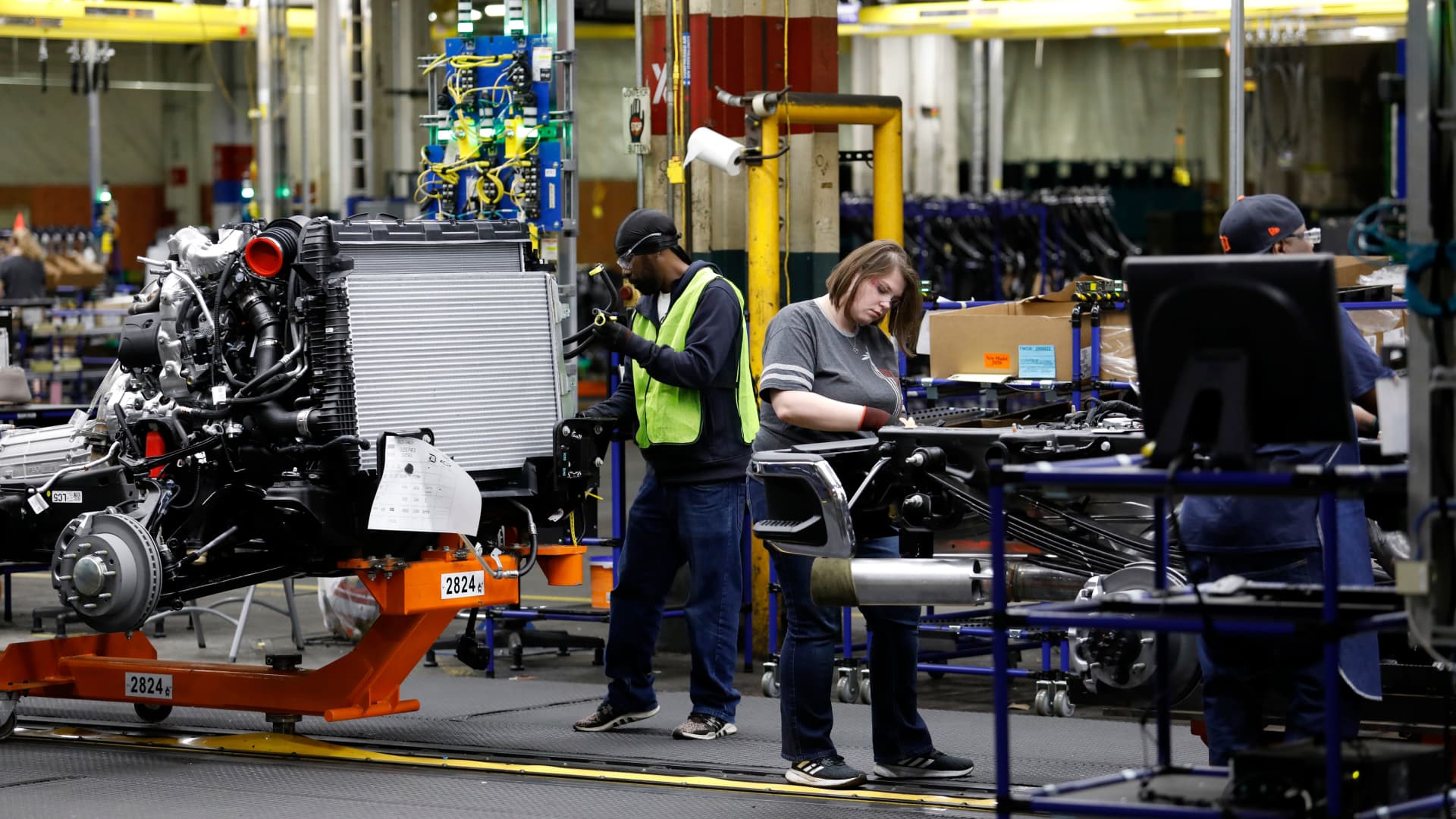

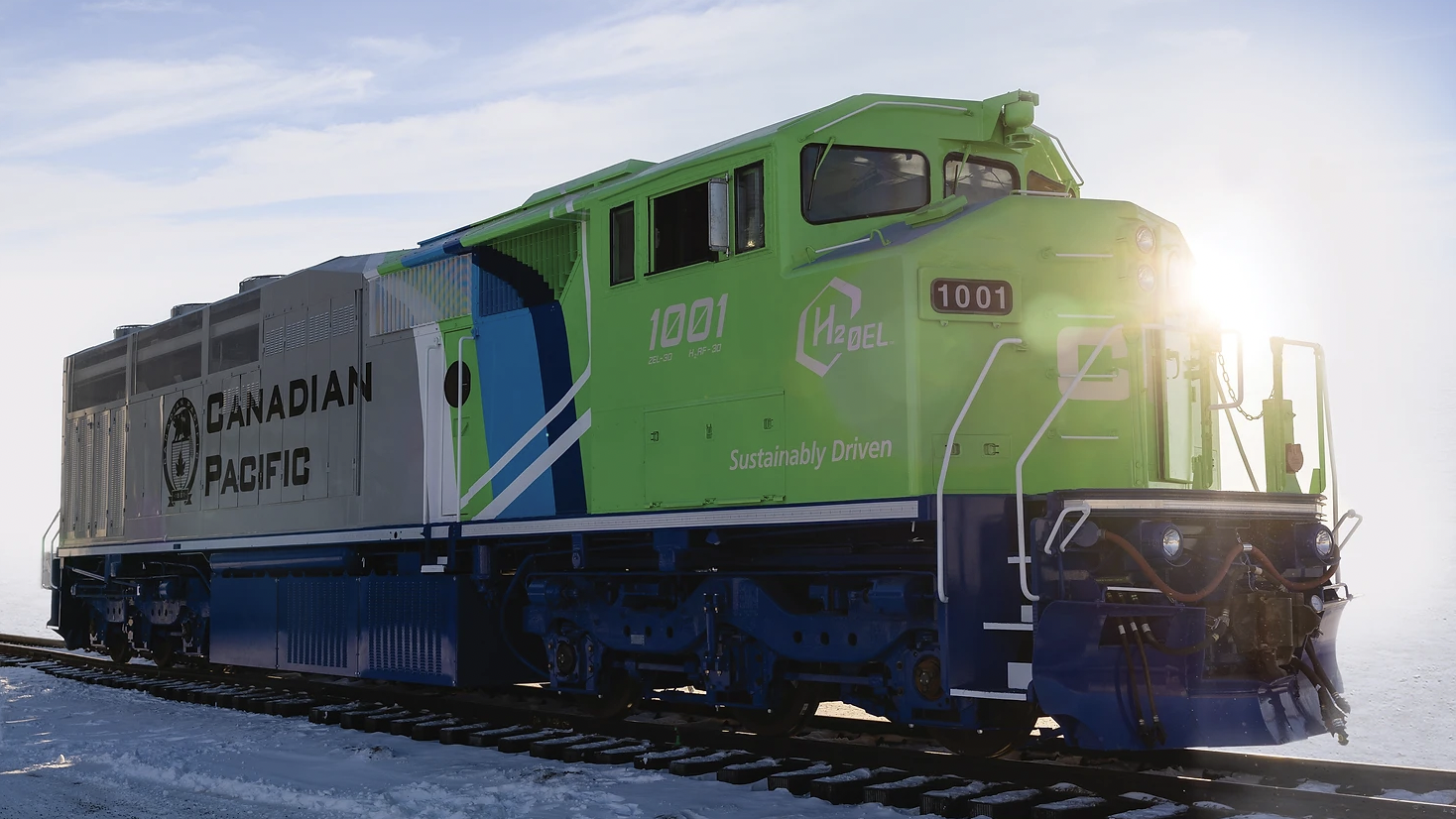
/cloudfront-us-east-2.images.arcpublishing.com/reuters/QKJQIPMPVFN4ZCTJJKHJDZVJL4.jpg)
